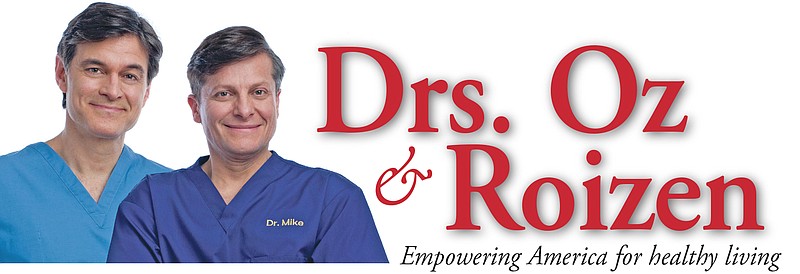The 1966 film "The Good, The Bad and The Ugly," starred Clint Eastwood, Lee Van Cleef and Eli Wallach as a trio of bounty hunters who are (in that order) caring, downright mean and highly suspicious.
Well, the same can be said for The Good cholesterol (HDL), The Bad cholesterol (LDL), and the newest character in the great blood lipid saga, The Ugly cholesterol. Turns out Ugly is neither HLD nor LDL, but a kind of remnant blood fat floating through your veins that's as important a player in your health as those better-known forms.
A recent study in the journal Atherosclerosis found that identifying your level of Ugly cholesterol and reducing it with medication and lifestyle changes can dramatically cut your risk of stroke and heart attack. It seems that even if you get your LDL levels down, if ol' Ugly remains high you're still at increased risk.
So how do you discover your Ugly level, and what's healthy? Well, Ugly cholesterol travels through your bloodstream inside the same lipid protein package as triglycerides. So if your triglycerides are below 150 Mg/dl (we prefer under 100), you're not too ugly! One theory says dividing your triglyceride number by five reveals your level of Ugly cholesterol. Research is ongoing, but that's our current understanding.
Fortunately, you can reduce triglycerides and Ugly cholesterol levels: Avoid refined carbs and added sugars. Limit alcohol intake. Eat omega-3 rich foods like salmon and sea trout. Ask your doctor about taking 900 mg a day of DHA omega-3 and lipid-lowering medications.
Mehmet Oz, M.D. is host of "The Dr. Oz Show," and Mike Roizen, M.D. is Chief Wellness Officer and Chair of Wellness Institute at Cleveland Clinic. To live your healthiest, tune into "The Dr. Oz Show" or visit sharecare.com.
(c)2019 Michael Roizen, M.D.
and Mehmet Oz, M.D.

